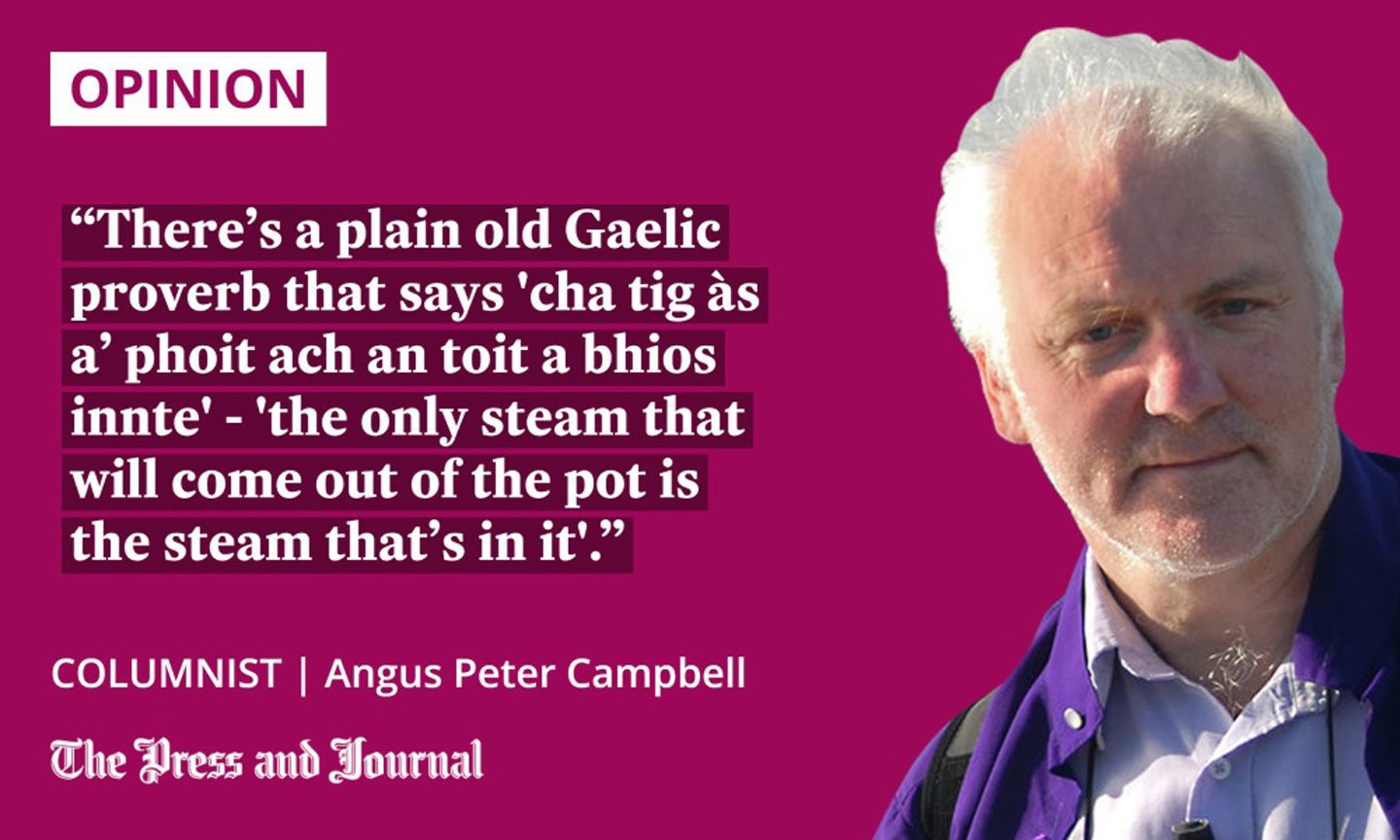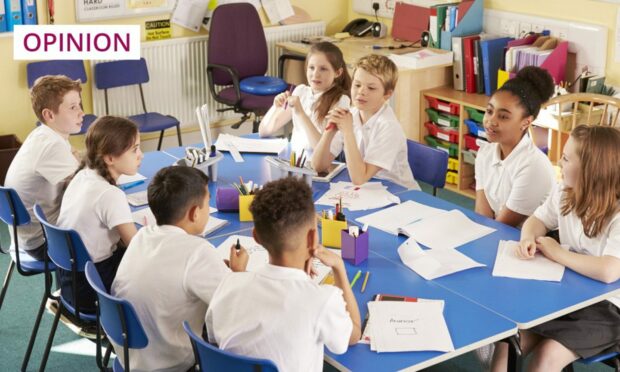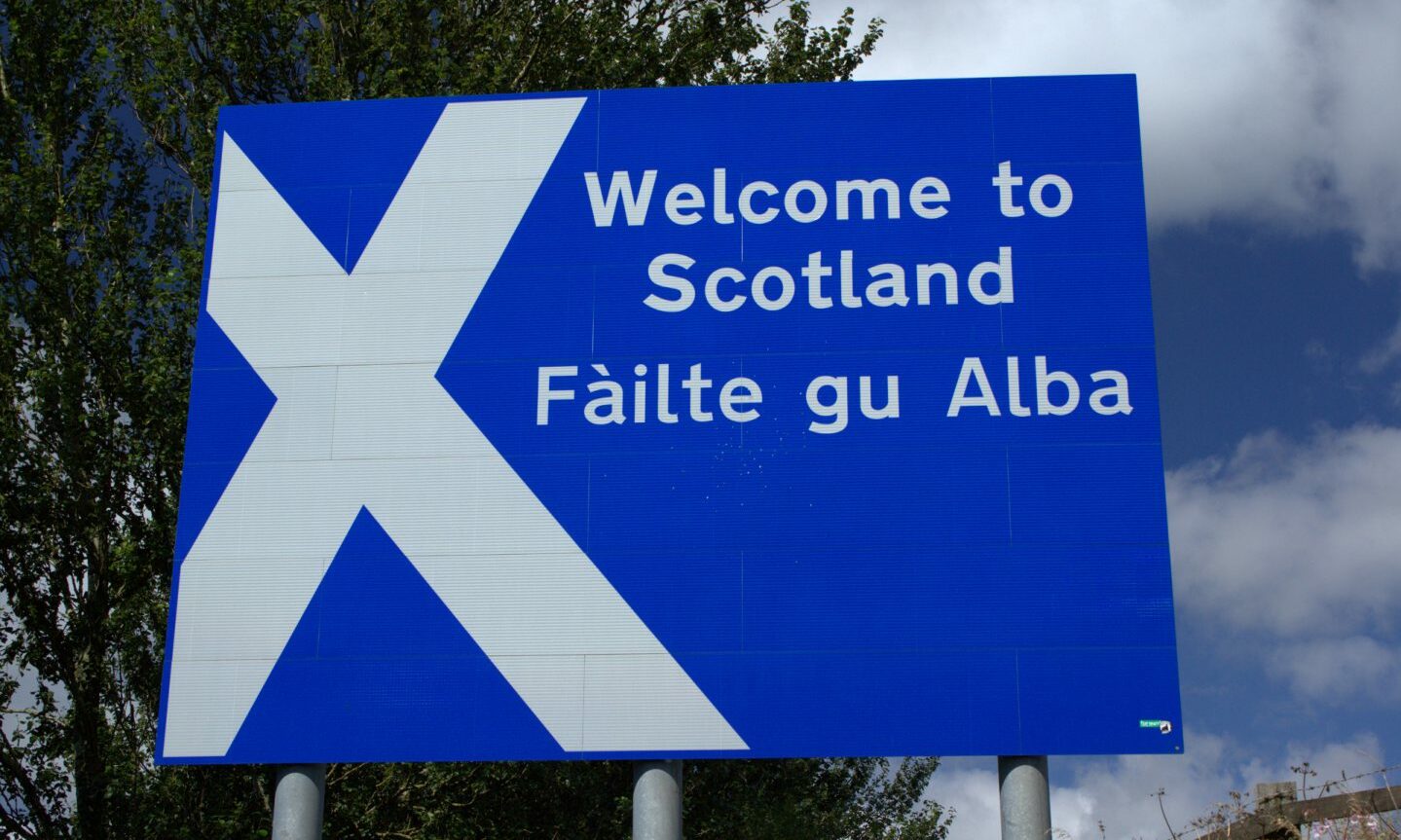It’s obvious that a proper strategy for training an adequate amount of Gaelic teachers should have been developed long ago, writes Angus Peter Campbell.
Gaelic medium education has been the victim of its own success, to some degree.
For, we’re now in a situation where the demand from parents and children to be educated through the medium of Gaelic far outstrips the supply. There are simply not enough Gaelic schools or teachers to meet requirements.
Currently, Gaelic medium education is available in 15 out of 32 Scottish local authorities: Aberdeen City, Angus, Argyll and Bute, Ayrshire, Western Isles, East Dunbartonshire, Edinburgh and East Lothian, Glasgow City, Highland, Inverclyde, North Lanarkshire, Perth and Kinross, Renfrewshire, South Lanarkshire and Stirling.
The following 17 local authority areas remain Gaelic educational wildernesses: Aberdeenshire, Clackmannanshire, Dumfries and Galloway, Dundee City, East Ayrshire, East Renfrewshire, Falkirk, Fife, Midlothian, North Ayrshire, Orkney, Scottish Borders, Shetland, South Ayrshire, Moray, West Dunbartonshire, and West Lothian. Be careful where you’re born or live, eh?

Although, it has to be added, support is available from authorities to a shared boundary district where there is Gaelic medium provision. In other words, you can get the bus and go over the county border to the Gaelic oasis many miles away. Sounds like fun on a long, dark winter’s day, like being in one of those old cowboy films, heading west to the distant OK Corral, where the best cattle could be rustled.
As I say, where provision has been made, demand far exceeds supply. The bulk of Gaelic schools are within the Highland region, with 21 nurseries, 21 primary schools and 13 secondary schools educating over 1,000 pupils in and through Gaelic. Comhairle nan Eilean Siar (Western Isles), meantime, is home to around 20 preschools, 18 primary schools and four secondary schools offering Gaelic provision.
Glasgow has four nurseries, three primary schools and one secondary, while Edinburgh has one primary and one secondary school offering Gaelic education. Aberdeen has a Gaelic medium unit within Gilcomstoun Primary School and Hazlehead Academy.
Altogether, there are around 5,000 pupils in Gaelic medium education in Scotland – which wouldn’t quite fill the Dick Donald Stand at the beach end of Pittiodrie on a breezy day.
Lack of Gaelic teachers and resources is a serious issue
So, the numbers are both impressive and fragile. Impressive in the sense that, despite the centuries-long assault on Gaelic, there are still thousands of children and parents supportive of the language, and fragile in the sense that, in the wider scale of things, a few thousand here or there is a drop in the Minch.
I like the game of bowls, for example, and Bowls Scotland has 51,089 player members registered through 834 clubs. Even the Flat Earth Society has more than 98,000 Twitter followers, which puts the official Gaelic government quango, Bòrd na Gàidhlig, with just shy of 7,400 followers at time of writing, a wee bit into the shade.
Numbers, of course, are no proof of wisdom or truth: millions can be as wrong as one. I don’t think there is a Gaelic branch of the Society, so maybe I should establish one under the name of Comunn an Talamh Rèidh…?
The lack of Gaelic teachers and resources, however, is a serious educational, cultural and linguistic issue.
In Glasgow, 40 young children have just been refused entrance to the first year of Gaelic education because pupil numbers have had to be capped at 140.
It’s simply not good enough, and the solution lies fairly and squarely with the authority which has the biggest legal and moral responsibility for education – the Scottish Government. It also, of course, has the largest resources, money and power.
Nothing comes from nothing
None of this has happened overnight. Gaelic medium education has now been with us for 38 years – the first provision was in 1985, with 24 pupils (now risen to over 5,000), and it’s been obvious that a proper strategy for training an adequate amount of teachers should have been developed long ago.
Which is not an easy task. There’s a plain old Gaelic proverb that says “cha tig às a’ phoit ach an toit a bhios innte” – “the only steam that will come out of the pot is the steam that’s in it”. It’s sort of the basis of Newtonian physics. Nothing comes from nothing, as King Lear put it.
This language I’m writing in has become our lingua franca. But does it need to crush everything in its motorway path, from Doric to Dundonian?
It’s a vicious circle. The more a language declines, the more the forces that press upon it magnify. The real challenge lies beyond the school gates – in homes and in communities.
We exist globally, and this language I’m writing in has become our lingua franca. But does it need to crush everything in its motorway path, from Doric to Dundonian?
As with food and the environment, the solution is to grow locally: to use the language we have in the local shop, pub, church, street. It’s called community, and the stark issues connected to it are all laid out in the book The Gaelic Crisis in the Vernacular Community, published three years ago. Nothing much has improved since then.
Angus Peter Campbell is an award-winning writer and actor from Uist


Conversation